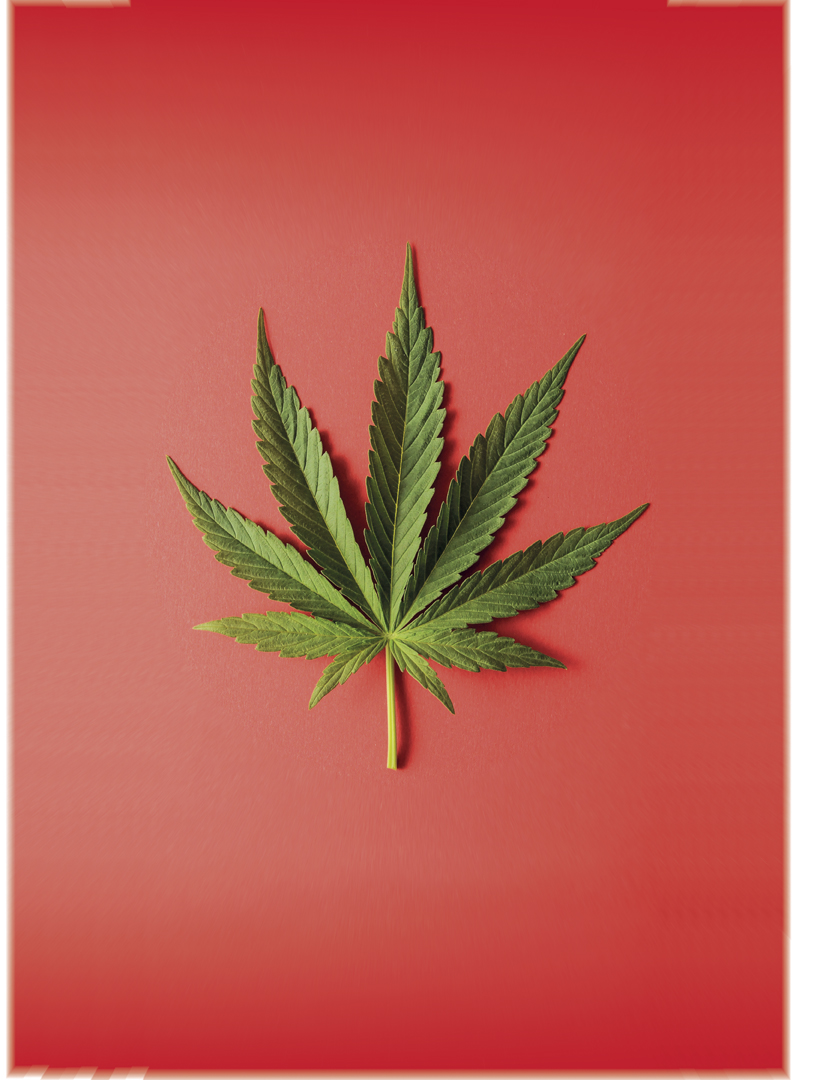ISO CANNABIS ENDORSEMENTS ARRIVE
Variations in carrier adoption will demand agent and broker diligence
By Linda Ferguson, CPCU
The Insurance Services Office’s (ISO) first cannabis endorsements have arrived. Up until now, ISO’s commercial lines forms had not addressed the topic of marijuana, and for good reason.
The federal government bans the use of marijuana and classifies it as a Schedule 1 substance. That, according to the Drug Enforcement Administration, means that it has no currently accepted medical use and a high potential for abuse. Prescriptions cannot legally be written for Schedule 1 drugs.
Federal and state disagreements over the legality of cannabis have resulted in confusion. A particular sticking point has been whether an insurance company can legally pay a marijuana-related claim in light of the federal ban on the use of Schedule 1 drugs.
To date, however, 41 states have decided that cannabis is legal for medical and/or recreational use, and recent federal agricultural rulings are legalizing hemp, CBD oil and similar cannabis-based products. This increasing acceptance of cannabis and cannabis-related products has resulted in ISO introducing a number of optional cannabis endorsements.
Optional. But are they?
The first batch of endorsements has an edition date of 09 19. This initial batch applies only to businessowners policies. The next batch-agricultural capital assets, auto dealers, capital assets, commercial inland marine, commercial property and commercial liability endorsements, which are very similar to the businessowners versions-have been filed with an edition date of 12 19.
ISO considers all of the endorsements to be optional. This does not mean, however, that all insurance carriers will view them as such. In fact, it’s quite easy to envision some carriers making the endorsements mandatory, and this could result in a reduction of coverage for operations that may be venturing into cannabis-related activities, especially those involving hemp-related products. A number of retail and health-related operations are expanding their offerings to include such products, including CBD. As a result, it is very important to be prepared to ask for the hemp exception endorsement if your client could benefit from it.
ISO considers all of theendorsements to be optional. This does not mean, however, that all insurance carriers will view them as such. In fact, it’s quite easy to envision some carriers making the endorsements mandatory … .
What follows is a brief explanation of the five cannabis endorsements. Each covers the major issues but does not address all of the issues. The wording in these endorsements is essentially the same in the endorsements available for the other coverage lines.
BP 15 30-Cannabis Property Exclusion. This endorsement solidly places cannabis into the Property Not Covered section. Cannabis has long been considered Property Not Covered because of “Item C. Contraband,” or property in the course of illegal transportation or trade. However, with cannabis being declared legal in 41 states-and one would expect more states to follow-could it be considered misleading to continue to use this item to exclude coverage? This exclusion is much more straightforward.
A definition of cannabis is added, and its focus is on tetrahydrocannabinol (THC) and other cannabinoids. If the product contains any amount of THC or another cannabinoid, it meets the definition of cannabis. Hash, hemp, seeds, flowers, stems and more are provided as examples of products that are considered cannabis, whether synthetic or natural.
One further change in this endorsement is in the Business Income and Extra Expense Section, and it could be considered a reduction in coverage. If cannabis-based operations are suspended because of a property loss, even if that loss would be considered covered, the loss of income caused by suspension of the cannabis-based operation is not covered. This wording is very important because, prior to this exclusion, if a cannabis-based operation was suspended because of damage to another covered operation, the loss potentially was covered.
As an example, the first floor of a multi-story building where Mary’s store is located is damaged by fire. Mary’s store, which is on the third floor, is undamaged, but because access is through the first floor she sustains a business income loss. The store sells both cannabis and non-cannabis items. The loss of income based on all lost revenue, under an unendorsed BP 00 03, would be covered. Under this new wording, only the loss of income attributed to the non-cannabis-related items is covered.
BP 15 31-Cannabis Property Exclusion with Hemp Exception. This endorsement is a duplicate of the BP 15 30 with an exception added for hemp-derived and hemp-containing products. The exception applies only if the specific product is considered legal in the state where the loss occurs. This applies to both direct damage and loss of income.
BP 15 32-Cannabis Liability Endorsement. The liability section currently does not contain a specific exclusion that can be used to eliminate coverage for cannabis-related exposures. However, underwriters avoid writing such exposures. If a policyholder presented a claim for a previously undisclosed cannabis-based exposure, coverage could be voided because of the Concealment, Misrepresentation or Fraud condition.
This new endorsement is much more specific. It uses the same definition of cannabis as is used in the property exclusion to eliminate bodily injury, property damage or personal and advertising injury arising from multiple activities related to cannabis that can be threatened, alleged, actual or suspected. The endorsement is extremely broad in attempting to totally exclude cannabis-related losses. It also excludes any type of property damage to cannabis.
Two exceptions are built into this exclusion. The first is for liability arising from actions of an insured related to that insured’s cannabis use, but only if the cannabis product was not furnished, served or sold to the insured. As an example, if Larry the forklift operator takes a wrong turn, goes into the street and strikes a pedestrian, coverage could apply even if he was found to be impaired by marijuana at the time. However, the exception would not apply if he had been munching on some cannabis-infused brownie samples that the named insured had been testing with its employees.
The second exception is for personal and advertising injury liability that arises from false arrest, detention, or imprisonment; or landlord violation of private occupancy.
BP 15 33-Cannabis Liability Exclusion with Hemp Exception. This endorsement starts with the BP 15 32 endorsement and then introduces exceptions.
Bodily injury, property damage, or personal and advertising injury that arise from cannabis-related products of seeds, food, clothing, lotions, oils, extracts, building materials and paper are not subject to the liability exclusion. Property damage to such cannabis-related products is also not excluded.
However, the above exceptions apply only if the product is legal in the state where the occurrence took place, where the bodily injury or property damage occurred, or where the personal and advertising injury offense was committed.
BP 15 34-Cannabis Liability Exclusion with Hemp Exception and Lessors Risk. This exclusion is identical to BP 15 33 but with a very important added exception: The cannabis liability exclusion is eliminated when bodily injury, property damage, or personal and advertising injury arise from premises that are owned, maintained or used by the named insured but are being leased to others.
Know, then do
Again, this is a top-level look at the endorsements. Take time to learn more about them, and how your carriers will apply each one. Understand the potential effects of the various endorsements. At the same time, be thorough about knowing what your insureds and prospects are doing. Is cannabis a part of their operation? Will it be? In what ways?
Then use this combination of product and exposure knowledge to be sure customers are properly protected. Respond to the changing market, deliver the value customers expect, and grow your business along the way.
The author
Linda D. Ferguson, CPCU, is a seasoned insurance product and coverage expert with more than45 years of experience in the industry.






